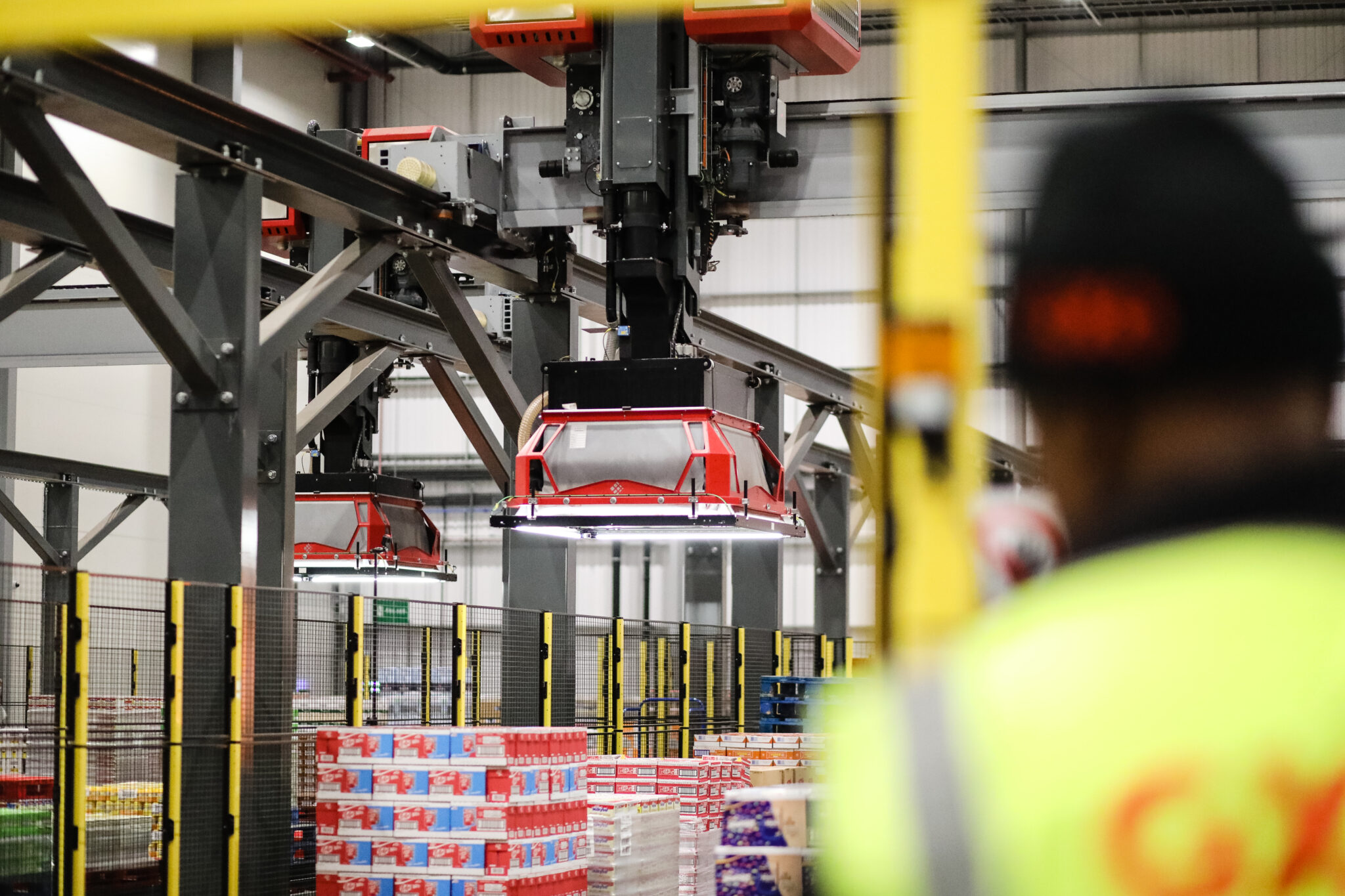Flawless logistics. Imagine that for a moment – no kinks in the warehouse chain, no costly errors, no unhappy customers, writes Paul Hamblin, editor of Logistics Business Magazine. It’s an enticing prospect, because no logistics process is without flaws in this high-volume age, even those of the admired industry giants. So you have to sit up and take notice when a group of logistics professionals, steeped in warehouse management and IT solutions, believe they can give their clients the nirvana of flawless logistics. It’s all about intelligent video, data analytics and AI. Combine those, and you get facts – and when you have the facts, you have solutions.
Logistics technology specialist SiB Solutions, founded in Sweden in 2017, aims to provide all facts to all stakeholders, incontrovertibly, at the touch of a button. “There is no arguing with having the facts on the table,” says co-founder Staffan Persson (pictured).
In practice, the process is fast and simple. Intelligent video cameras are placed in all relevant warehouse process areas: goods receiving, goods away, picking, packing, consolidation, loading. By complementing the existing WMS, warehouse managers can, in a matter of seconds, examine time-stamped video exactly as they would use, for instance, Google, to establish what might have happened to a given order. It thus enables them to see the full facts in seconds and then make fact-based decisions.
“Let’s say a customer has said an item is broken and the evidence shows that it occurred at the packing stage,” explains Persson. “So, the video will show if it has been packed according to the right process. If yes, then something must be wrong with the packing process, because the item is broken. If the video shows the wrong process was used, the operator can be re-trained. What we are doing is ending the logistics blame game – it allows participants to look for solutions rather than to attach blame.”
Persson reckons there are three keys to this quest for flawless logistics. First, it stops errors in real time, using AI functionality to predict and improve processes for the future. The second is the provision of a time machine – a pin-sharp instant video search facility allowing past actions to be fact-checked visually. Third, and most important, is that the warehouse is thus protected from costly and time-heavy claims and counter-claims. No more blame game.
It’s an ambitious goal, but with customer numbers growing and with SiB Solutions firmly established in the Nordics, Benelux, UK, and the US and now also growing into other markets, its subscription model is finding plenty of satisfied takers.
“Despite having WMS, shelf ID, article ID, established processes, co-worker instructions, metrics, business intelligence systems – even then everyone hurts from costly, reoccuring errors,” points out Head of Sales Europe Donald Houben. “We can show them why that is happening and with our AI capability we can prevent it happening again.”
The business case is convincingly made by the cost savings, he says. “The total direct cost of one mistake in the warehouse is maybe €50,” he muses. “But the indirect cost is 10 or 20 times higher. We have a potential customer in the Netherlands; they know that each mistake costs €1,000. Those are big savings we can make for them.”
The payment model is by monthly subscription, in which everything is included – installation, support, integration, training, maintenance, upgrades.
Implementation time from initial workshop to pressing the Go button takes two to three months, and does not disrupt existing processes.
I wonder if customers might simply stop subscribing after a few months once the SiB Solutions ‘microscope’ has done its work and perfected the warehouse. Not so, says Donald Houben. “Processes change so much in warehouses, with new customers coming in, new products,” he points out. “Without intelligent video analysis, errors will always creep in.”











